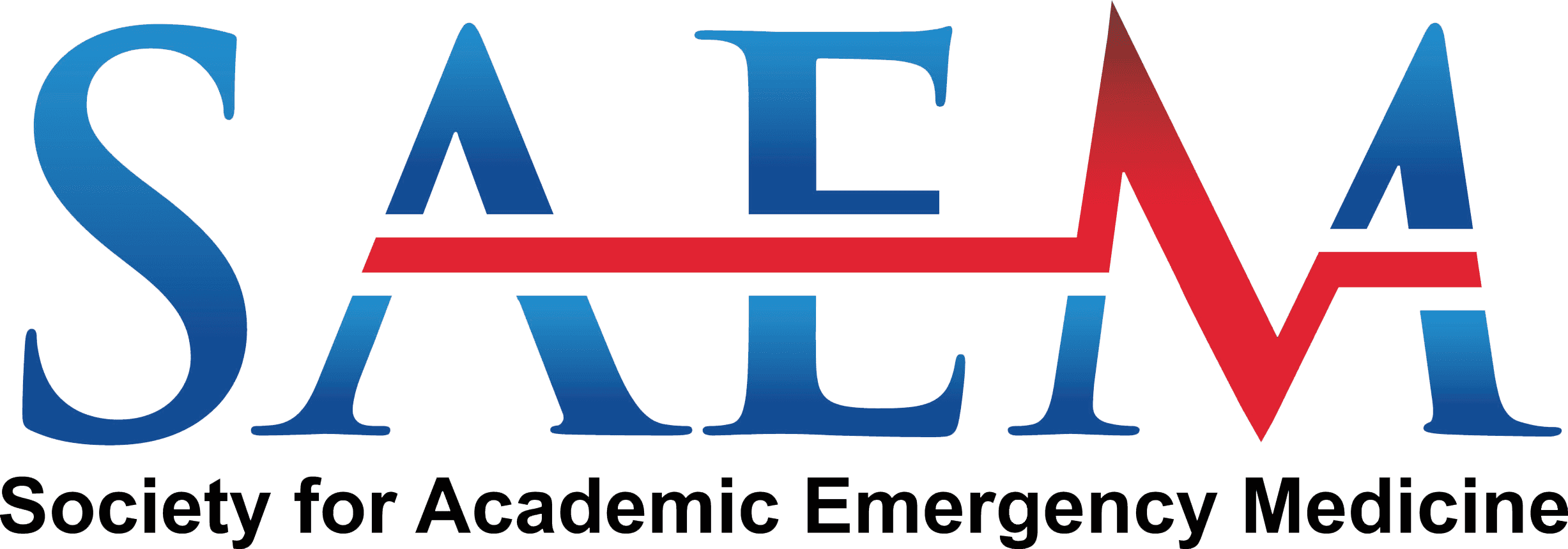
COVID-19 Patient Toolkit
Introduction
The SAEM COVID-19 Patient Guide Toolkit is intended for emergency medicine providers and the patients for whom they care. Here you will find easy to download information and videos to help you understand basic aspects of COVID-19 infection, treatment, self-care, and care for others in your homes.
COVID-19 is rapidly evolving. This toolkit was published on January 3, 2022. For the most updated information, see the CDC’s COVID-19 online resources and guidance.
- COVID-19 is a viral illness and many can manage their symptoms at home.
- Stay home, and as much as possible, stay away from others, including those who live with you.
- Get plenty of rest and drink fluids.
- Take acetaminophen or ibuprofen for fevers and aches.
- You may ask friends, family, or neighbors to check in on you, especially if you are high risk (are older, have other medical conditions).
- You may also want to ask your doctor if you should obtain outpatient treatments such as IV antibody therapies.
- Monitor your symptoms: this can include your vital signs, including using a pulse oximeter. A pulse oximeter is a plastic clip that attaches to a finger which you can get at a local pharmacy. The device can help check breathing by measuring how much oxygen is in the blood. A normal level is above 95%. If this number drops below 93%, this is a warning sign, and you need to be more closely monitored and may have some treatment options.
- COVID-19 may also cause vomiting and diarrhea. If you have these symptoms, it is important to monitor for signs of dehydration. Signs of dehydration may include feeling thirsty.dark yellow and strong-smelling urine, feeling dizzy or lightheaded when standing, and increased heart rate. If you experience these symptoms, you may need to discuss them with a provider.
If you test positive for the virus (if you are sick, but also, even if you don't have symptoms but test positive), you need to isolate yourself from others to prevent others from getting sick.
Guidelines for isolation are as follows:
- Stay home for 5 days.
- If you have no symptoms or your symptoms are resolving after 5 days, you can leave your house.
- Continue to wear a mask around others for 5 additional days.
If you have a fever, continue to stay home until your fever resolves.
To help keep other household members as safe as possible, you should:
- Stay in a separate room from other household members as much as possible.
- Use a separate bathroom if available.
- Wash your hands regularly.
- Avoid contact with other members of the household and pets.
Monoclonal antibodies have received an emergency use authorization (EUA) from the FDA for the treatment of mild COVID-19. They are approved for people who are at risk for severe disease but don’t yet need to stay in the hospital and for post-exposure prophylaxis (PEP) for individuals who have been exposed to someone with COVID-19 but have not become ill, in order to prevent illness.
Monoclonal antibodies are made in the laboratory and mimic the antibodies that your body makes when it is exposed to a virus or to a vaccine. These antibodies recognize parts of the SARS-CoV-2 virus and mark the viruses for destruction. Monoclonal antibodies decrease your risk of developing severe disease and reduce the chance you will need to stay in the hospital. The treatments are not perfect, but they reduce your risk of needing to stay in the hospital by about 70%.
Monoclonal antibodies may be given as an infusion (through an IV) or as a series of 4 subcutaneous injections (shots). You may be given them in the Emergency Department. If that is not an option, you can ask your provider where they are available in your area. After being given monoclonal antibodies, there is a very small risk of severe allergic reaction, so you will be monitored for an hour after receiving the medication.

COVID-19 Education Task Force
Richard Eric Rothman, MD, PhD
Chair, COVID-19 Education Task Force
Johns Hopkins University School of Medicine
Philip A. Mudd, MD, PHD
Member, COVID-19 Education Task Force
Washington University in St. Louis School of Medicine
Larissa S. May, MD
Member, COVID-19 Education Task Force
University of California, Davis, School of Medicine
Anna Marie Chang, MD
Member, COVID-19 Education Task Force
Jefferson
Christopher Robert Carpenter, MD, MSc
Member, COVID-19 Education Task Force
Washington University in St. Louis School of Medicine
Elissa Schechter-Perkins MD, MPH, DTMH
Member, COVID-19 Education Task Force
Boston Medical Center
Task Force members have no financial disclosures.
This educational activity is supported, in part, by an educational grant from GlaxoSmithKline. Multiple companies were invited to support this activity.
Here Is Trusted Information about COVID-19

Download the Patient Toolkit to learn what to do after your diagnosis
Watch a few videos:
